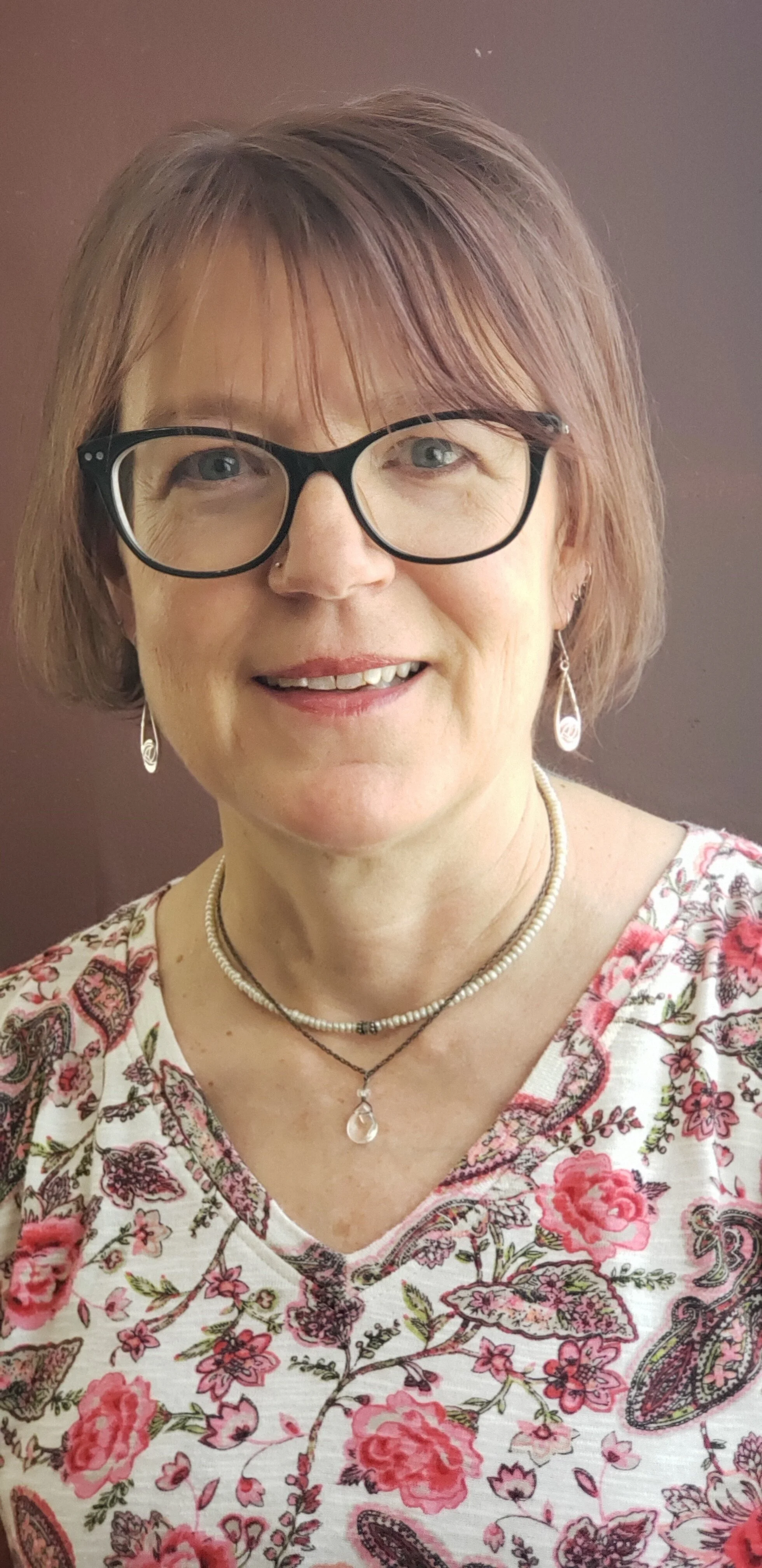Landscapes of Resilience: the Northern Paiute on the Comstock
By Kimberly Roberts
Every photograph is a contradiction: while photography captures an exact moment in time, that moment is always subject to interpretation. Images are neither static nor frozen, but constantly shifting, always dependent on context, difficult to pin down. One way to break through this is to distinguish between two ways of approaching the photograph: to try to reconstruct a photograph in history, to try to unlock its original intent; and to try to understand it through history, to analyze its changing contexts over time.¹
Photo courtesy of Special Collections Department, University of Nevada, Reno, Libraries. Alfred Doten Collection, UNRS-P0238-1.
Either way, this image is shocking. Simply labeled, Indian camps, back of Ophir, Virginia City, Nevada, 1891, it captures two very different landscapes in a seeming collision: the disappearing hunting-gathering networks of the Northern Paiute overlaid with the imposing industrial grid of the Comstock. This startling juxtaposition reveals explicitly how the encroachment of mining disrupted traditional Paiute pathways and lifeways. Perched precariously beneath a sprawling mining dump that has overtaken the land, the settlement is cut off from not only their land but the networks of resources and trade that had supported them for generations. The image conveys a sense of bewilderment in the new industrial order, out of both time and place, a refugee camp. Taken when racist narratives of evolutionary progress were accepted as science, when the notion of the vanishing Indian was popular, and at the exact same time when schools such as the Stewart Indian School were established specifically to eliminate native languages and cultures, the image seems to not only justify but to actively construct these beliefs.
However, another story emerges when reading this image from the vantage point of today, a story of adaptation and resilience. Without glossing over the poverty evident in the image, a close examination reveals glimmers of a dynamic culture that was able to evolve, one that never vanished. For example, while a couple of the buildings are of traditional Paiute design, they are constructed of contemporary materials, indicating adaptation to a changing landscape with new resources available. The clothing of the two figures in the image is western, again showing flexibility and a willingness to use what was available. Archaeological excavations validate this visual record, revealing that most of the artifacts found at the site were Euro-American in origin. Archival research corroborates this as well: Paiutes were active members of the community, taking service jobs, maintaining social networks, raising families. They preserved both their culture and identity, creating a hybrid lifestyle that ensured their survival while keeping their society intact.²
A landscape is always more than the land or the structures on it; it is a social product, a grid overlaying the physical geography, which defines the lived experience of its inhabitants. Cultural facilities, values, and political systems are inscribed upon the land with each society creating its own unique space.³ By taking all those factors into consideration when analyzing this image, we gain insight into the enormity of the upheaval the Paiute faced in simply going about their daily lives after the silver rush. It wasn’t just the loss of their physical territories, but what went with it: an intact culture and social system, a meaningful life. It is only when we understand this that we truly comprehend what was stolen from the Native Americans when the United States claimed their land. While this story was certainly not the intent of the unknown photographer of this image, it comes through loud and clear upon a close reading.
Photo/Kimberly Roberts.
Kimberly Roberts grew up all over the interior West, mainly in Colorado. She studied literature and history at Colorado State University and the history of photography and landscape at the University of Nevada, Reno, where she served as the university’s photograph curator for many years. She is currently curating private archival photograph collections and conducting research in the history of photography for future publications.
¹See Sandweiss, Martha A. Print the Legend: Photography and the American West. New Haven: Yale University Press, 2002, p.9
²See Hattori, Eugene Mitsuru. Northern Paiutes on the Comstock: Archaeology and Ethnohistory of an American Indian Population in Carson City: Nevada State Museum, 1975
And
Hattori, Eugene Mitsuru, American Indian Women in Virginia City, in Comstock Women: The Making of a Mining Community, eds. Ronald M. James and C. Elizabeth Raymond, University of Nevada Press, Reno and Las Vegas, 1998.
³See LeFebvre, Henri. The Production of Space. Cambridge: Blackwell Publishers, 1991.
Thank you for visiting Double Down, the Nevada Humanities blog. Any views or opinions represented in this blog are personal and belong solely to the blog author and do not represent those of Nevada Humanities, its staff, or any donor, partner, or affiliated organization, unless explicitly stated. All content provided on this blog is for informational purposes only. The owner of this blog makes no representations as to the accuracy or completeness of any information on this site or found by following any link on this site. Omissions, errors, or mistakes are entirely unintentional. Nevada Humanities reserves the right to alter, update, or remove content on this blog at any time.


